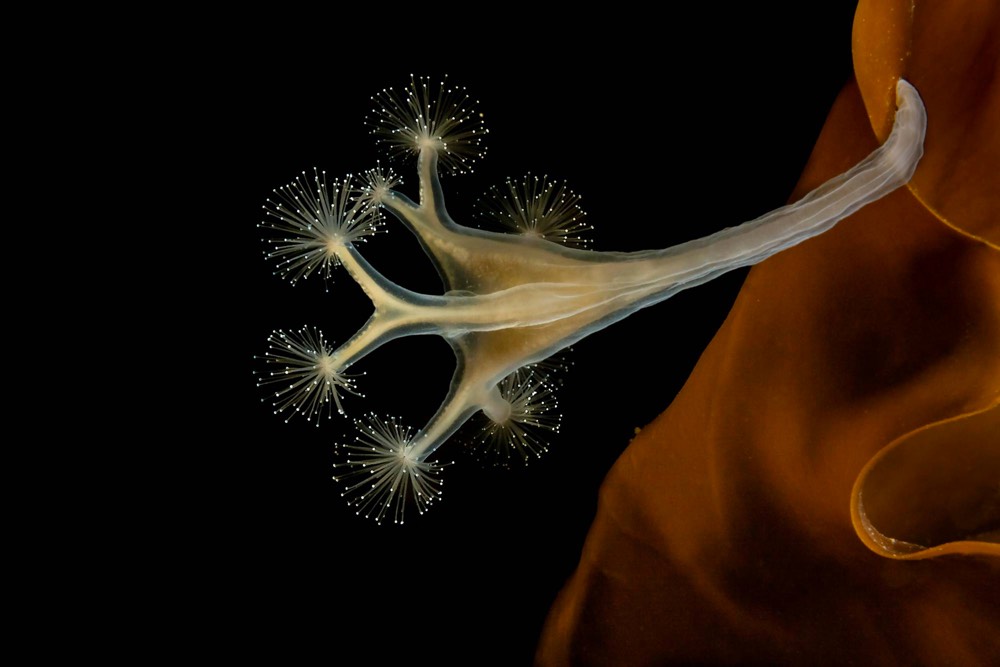– Elizabeth Lesser via Father Kafka et al
Cut a chrysalis open, and you will find a rotting caterpillar. What you will never find is that mythical creature, half caterpillar, half butterfly, a fit emblem for the human soul, for those whose cast of mind leads them to seek such emblems. No, the process of transformation consists almost entirely of decay.”
– Pat Barker
The Past Is Never Dead–Is It?
 PHOTO: The artist rakes the design into the sand freehand, taking about two hours to complete. (Supplied: Edward)
PHOTO: The artist rakes the design into the sand freehand, taking about two hours to complete. (Supplied: Edward)
contained in their extensive collection. Here’s a blog post announcing the guide.

Normal life is presentable. In normal life, you rake the garden and keep your bedroom tidy and take care of your pacific blue eyes. It's hard work--harder than one might think
Kerouac’s Beatific Visions | Joshua Hren | First Things
Exclusive for torch afficiados
AT AMAZON, LED Tactical Flashlight S1000 – High Lumen, 5 Modes, Zoomable, Water Resistant, Handheld Light. Bargain price.
How Many Words Are There in the English Language?
The Past Is Never Dead–Is It?
Celebrate the achievements, recognise the suffering
Most Australians will never agree to a change of date of the national holiday.
Bohemian Kenyan trained Dr James Mueke is named Australian of the Year
 PHOTO: The artist rakes the design into the sand freehand, taking about two hours to complete. (Supplied: Edward)
PHOTO: The artist rakes the design into the sand freehand, taking about two hours to complete. (Supplied: Edward)
An image of a koala clinging to a tree branch that has been etched in the sands of a Victorian beach...
Australian artist "Edward" creates huge works of art on the beaches of Victoria using his body and...
Going native in the garden at Government House
An image of a koala clinging to a tree branch that has been etched in the sands of a Victorian beach...
Australian artist "Edward" creates huge works of art on the beaches of Victoria using his body and...
An experiment like this, on this scale, in a public space, has the potential to be massively influential.
Ornithologists have collected a number of eyewitness accounts from Australia of three types of birds that deliberately set fires to flush out prey from grassy areas.
Librarians at the Library of Congress have created a new guide to finding photos of the Great Migration
contained in their extensive collection. Here’s a blog post announcing the guide.

Underwater Photography Guide has announced the winners of the 2019 Ocean Art Underwater Photo Competition. The top photo is by Adam Martin and the bottom one is from Petr Polách…check out the site for all the winners. (via in focus)
In the 1850s, the well-heeled residents of Manhattan were convinced the city needed a grand park like the European capitals had. And so, a park located in the middle of the city was proposed, a Central Park, if you will. The only problem? There were people living in the park’s proposed location, including Seneca village, a small, integrated, predominately black neighborhood.
It’s a story that goes back to the 1820s, when that part of New York was largely open countryside. Soon it became home to about 1,600 people. Among them was a predominantly black community that bought up affordable plots to build homes, churches and a school. It became known as Seneca Village. And when Irish and German immigrants moved in, it became a rare example at the time of an integrated neighborhood.
See also ‘The City Needed Them Out’.
Normal life is presentable. In normal life, you rake the garden and keep your bedroom tidy and take care of your pacific blue eyes. It's hard work--harder than one might think
Kerouac’s Beatific Visions | Joshua Hren | First Things
According to Jean-François Vernay, in The Great Australian Novel—a Panorama,Devanny’s 11th novel Sugar Heaven belongs in the company of other Australian socialist realist novels:
Imported from the Soviet Union where it originated under the pen of Andreï Zhdanov, socialist realism, fashionable in Australian in the 1940s and 1950s, can be defined as a form of neutral expression — that tries to describe ordinary people. As an aesthetic theory that has art as a form of social conscience, socialist realism transcends the writer’s individualism, speaks of the people and reproduces historical reality. The Battlers (1941, see my review), Kylie Tennant’s third novel, has documentary value and is perhaps one of the most moving in its description of rejects from the Great War. This was a period for the proletarian novel with titles such as Upsurge (1943) by John Harcourt, Seven Poor Men of Sydney (1934, see my review) by Christina Stead, Sugar Heaven (1936) by Jean Devanny, Intimate Strangers (1937, on my TBR) by Katherine Susannah Prichard, The Little Company (1945, see my review) by Eleanor Dark, How Beautiful Are Thy Feet (1949) by Alan Marshall, and Power without Glory (1950) by Frank Hardy.Jean-François Vernay, The Great Australian Novel—a Panorama (2010), Brolga Publishing, ISBN 9781921596391, p 63)
How Are We Deciding Which Movies Are Actually Any Good?
Exclusive for torch afficiados
AT AMAZON, LED Tactical Flashlight S1000 – High Lumen, 5 Modes, Zoomable, Water Resistant, Handheld Light. Bargain price.
How Many Words Are There in the English Language?